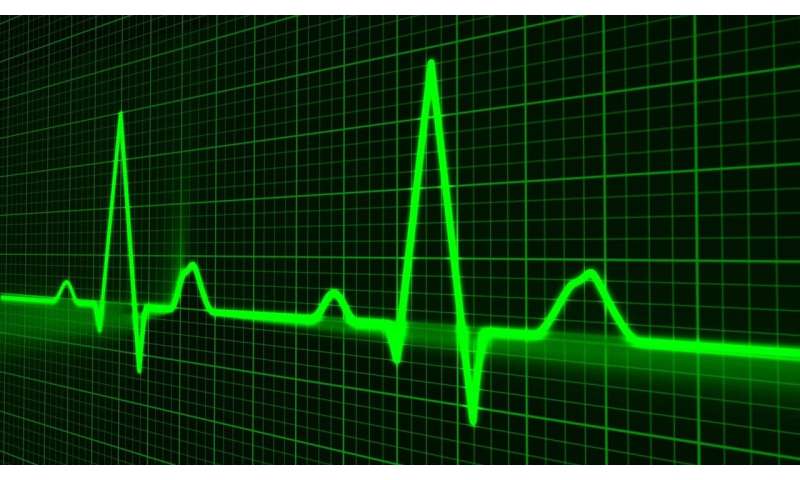
Researchers from the Moscow Institute of Physics and Technology, Kazan Federal University, and George Washington University have proposed an algorithm for producing patient-specific mathematical models describing the electrical excitation of human heart cells. Published in PLOS One, the study looks at two possible approaches—one using experimental records of electrical activity and the other based on gene expression profiles.
Each heart contraction is caused by a preceding electrical excitation, the so-called action potential. The latter results from electrical currents through ion channels. The number of such channels forming ion currents varies with both pathological conditions and the individual properties of heart tissue in healthy patients. When the balance between various types of ion currents gets disrupted, this may lead to dangerous arrhythmias and death.
Since many factors are involved in excitation propagation, the studies investigating the basic principles underlying arrhythmia have relied on mathematical models over the past 50 years. Despite the effort behind developing these models, they are so far rarely used in the clinical practice, mainly because they describe a hypothesized average patient. The research reported in this story addresses the challenging task of applying such models to real individual patients.
The first approach discussed in the paper relies on experimental recordings of action potential and subsequent model optimization using dedicated computer algorithms. They employ evolutionary principles to find the parameters that make the model reproduce the experiment. Randomly generated models are subjected to selection, crossover, and mutation. Prior research by a number of scientific groups has identified the key challenge faced by this approach. Namely, it is hard to find the unique solution, because of the numerous distinct combinations of parameters that result in the same action potential waveform.
Study co-author Andrey Pikunov from the MIPT Laboratory of Human Physiology commented: “We have closely examined and optimized the algorithm’s pipeline at every stage. For instance, previously, model parameters were subjected to mutation independently from each other, whereas we used ‘vector mutation,’ affecting all parameters at once. This makes the search for the right model parameters considerably more efficient. Along with other modifications we have developed an algorithm that determines the conductivities of the main ion channels with a high degree of precision.”
The second approach discussed in the article uses the gene expression data, which determine how the genetic information is converted into RNAs and proteins. Each ion channel in the cell membrane is made of protein subunits incorporated into the membrane following translation from the matrix RNA. The amount of such expressed RNA can be measured, but it has so far been impossible to use these data to predict the electrophysiological features specific to a certain patient. The researchers calibrated the model on one actual patient, using the algorithms mentioned above. Then the differences between gene expression profiles were used to create mathematical models successfully predicting the action potential for other patients based on their individual gene expression profiles.
Source: Read Full Article